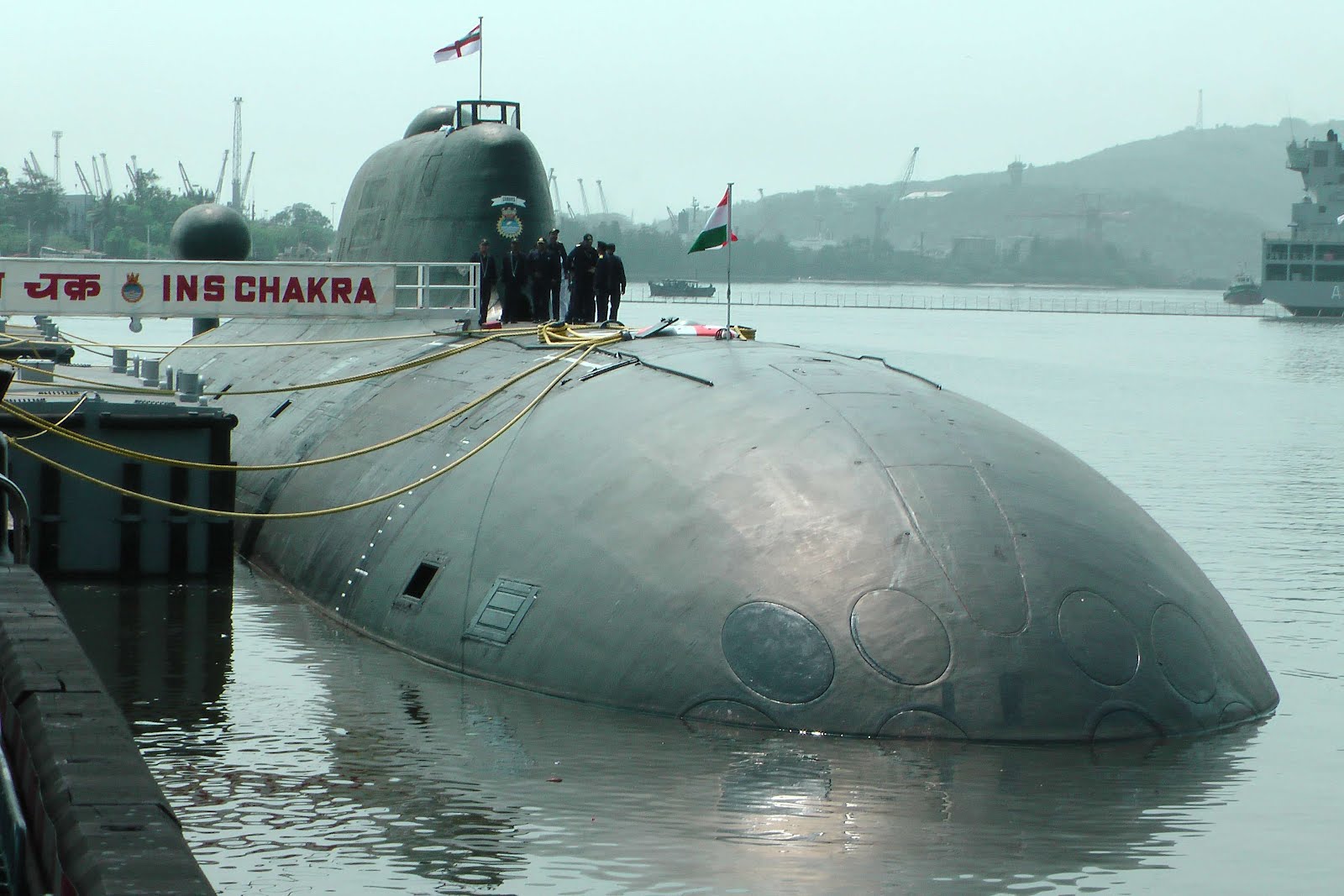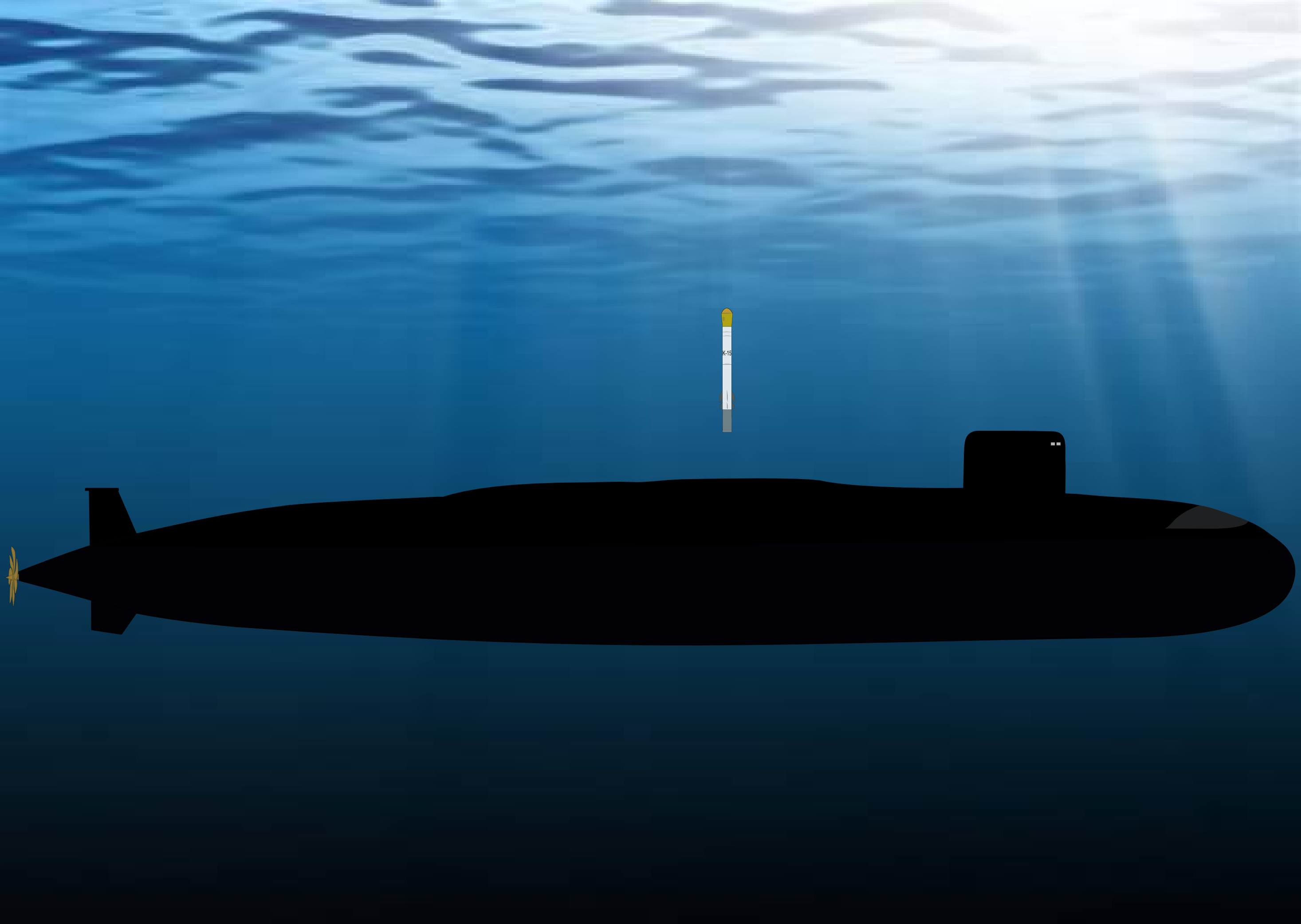In the increasingly tense waters of the Indo-Pacific, the submarine fleets of the US, India, and China are emerging as new weapons of power projection.
India’s Modi government has recently approved a $6.14-billion program for the development of six conventional submarines.
The move is in sync with the US’ Indo-Pacific strategy, being projected through the QUAD bloc, to counter China’s rising aggression in the region.
France Likely To Partner India In Developing Six Nuclear-Powered Attack Submarines – Analysis
It’s worth mentioning that India’s second nuclear-powered ballistic missile submarine (SSBN) Arighat is slated to be commissioned later this year. As a major partner of the US-led QUAD, India is enhancing its submarine fleet.
Tenders To Be Floated
The Indian Navy will now issue tenders for the six submarines. The Request for Proposals (RFP) “envisages indigenous construction of six conventional submarines equipped with the state-of-the-art Air Independent Propulsion (AIP) system”.
In 2017, India’s Ministry of Defence had introduced a policy, which permits selected private-sector companies to manufacture arms and platforms, including submarines, in a partnership model with foreign original equipment manufacturers (OEMs).
The six submarines will be the first platforms to be built under the strategic partnership model.

Two Indian companies, the state-run Mazgaon Dockyard Limited (MDL) and Larsen & Toubro, have already been finalized by the MOD.
The ministry has also shortlisted five foreign vendors — Rubin Design Bureau of Russia, Naval Group of France, Navantia of Spain, German company ThyssenKrupp Marine Systems (TKMS) and the South Korean firm Daewoo Shipbuilding & Marine Engineering, according to Defense News.
The first submarine could be ready for induction into the Navy by 2030.
Submarine Fleets In Indo-Pacific
With the rising tensions between Washington and Beijing over the Taiwan Strait and the rest of the South China Sea, the Indo-Pacific is becoming an active theater where countries — China and the QUAD — are enhancing their undersea deterrence capabilities.
A study titled, ‘The Future of the Undersea Deterrent: A Global Survey’ by Australian National University’s National Security College focuses on SSBN plans of these countries.
India
In 2016, India had commissioned its first SSBN Arihant, which positioned it as the only non-permanent member country of the United Nations Security Council (UNSC) to build SSBN. The second vessel in the league INS Arighat is expected to be commissioned in 2021.
Indian nuclear submarine INS Arihant fowardly deployed
(report by Shishir Gupta)https://t.co/QDztwy9K3L pic.twitter.com/H97oC0RJ4U
— Hindustan Times (@htTweets) July 19, 2020
The Arihant is equipped with 12 short-range K-15 ballistic missiles with a range of 700 to 1,000 km. It can also be adapted to launch four K-4 ballistic missiles with a range of 3,000 to 3,500 km. This range makes the Arihant capable of targeting both Pakistan and China.
Noting the country’s favorable geography in the Indian Ocean, Rear Adm. Sudarshan Shrikhande (retired), the former head of the Indian Naval Intelligence, stated, “Like the United States, India has geographic advantages for SSBNs to go on open ocean patrol, once they field long-range SLBMs.
We need to move beyond bastions where an enemy’s offensive ASW (anti-submarine warfare) is effective, as well as our own resources needed for defensive ASW, would be reduced.”
The US
Nikkei Asia reported, the US intends to replace its Ohio class SSBN by 2031 and will accordingly release $5 billion through the 2022 budget request. The requested sum will be allocated to acquire the Columbia-class SSBN, the most significant program of the US Navy.
A Congressional report was quoted in the study, which had also noted that the “Columbia-class program will be funded, even if it comes at the expense of funding for other Navy programs”.
It is expected that 14 Ohio-class SSBNs will be replaced by 12 Columbia-class SSBNs. Unlike the Ohio class, which needs to go through a long upgrade for nuclear refueling, the Columbia class does not require a refuel.
It is equipped with one reactor core which lasts throughout its life. This provision of the Columbia-class will make it possible for the US navy to operate 10 SSBNs at any given time.
The American nuclear strategy is based on three important points — first, land-based intercontinental missiles, second the air-based strategic bombers, and the third, the submarine-launched ballistic missiles.
The third — the SSBNs — remain undersea and therefore, undetected for longer periods of time, hence they are considered the most survivable nuclear assets.
Providing the rationale behind the US insistence on acquiring the Columbia class SSBN, the Nikkei Asia report quoted Tom Shugart, a former submariner and now a senior fellow at the Centre for a New American Security, as saying that a “reliable, survivable nuclear deterrent” is “the No.1 priority” of any program.

China
Defense experts believe that China has six Jin-class SSBNs (Type 094). These SSBNs have the capacity of carrying 12 JL-2 ballistic missiles with a range of 7,200 km, which enable China to mount long-distance attacks.
How US-Led QUAD Nations Can Choke Chinese Navy Submarines Even Before They Hit The Deep Sea?
Thus the Jin-class SSBNs can target distant regions like Alaska and Hawaii from their protected bases near China or south of Japan.
Experts note that Chinese SSBN operations are deeply impeded by the geography of China.
Stephen Freuhling, associate dean of the ANU College of Asia and the Pacific, explained in the report, that the “SSBNs of the US, Britain, India, and Pakistan have direct access to the world’s ocean basins, those of China do not”.
The country finds itself circled by shallow waters, and the Chinese SSBNs also face the uphill task of passing various choke points in a bid to enter the much deeper and safer waters of the Pacific Ocean.
It is believed that one of the prime reasons behind China’s recent push to build and militarized islands on the South China Sea, is to create a safe haven for its SSBN fleet to pass through, without US detection.
Experts are of the opinion that even though China may be catching up with the US through the development of its military, undersea warfare and the SSBNs still provide the much-needed edge to the US over China.
American naval analyst Norman Friedman stated that it may take China many more decades to “produce a sea-based missile with sufficient range to reach anywhere in the United States from the South China Sea”.
Pakistan
Pakistan has been wary of the QUAD and its growing influence in the Indo-Pacific. While the country has to do much more to catch up with its neighbor India, its all-weather ally China may provide it a significant push as far as submarines are concerned.
It is reported that China will be providing Pakistan with eight modified Type 093 and Type 041 Yuan-class diesel-electric submarines. The first batch of the submarines is expected to be delivered by 2023, and the others by 2028.




